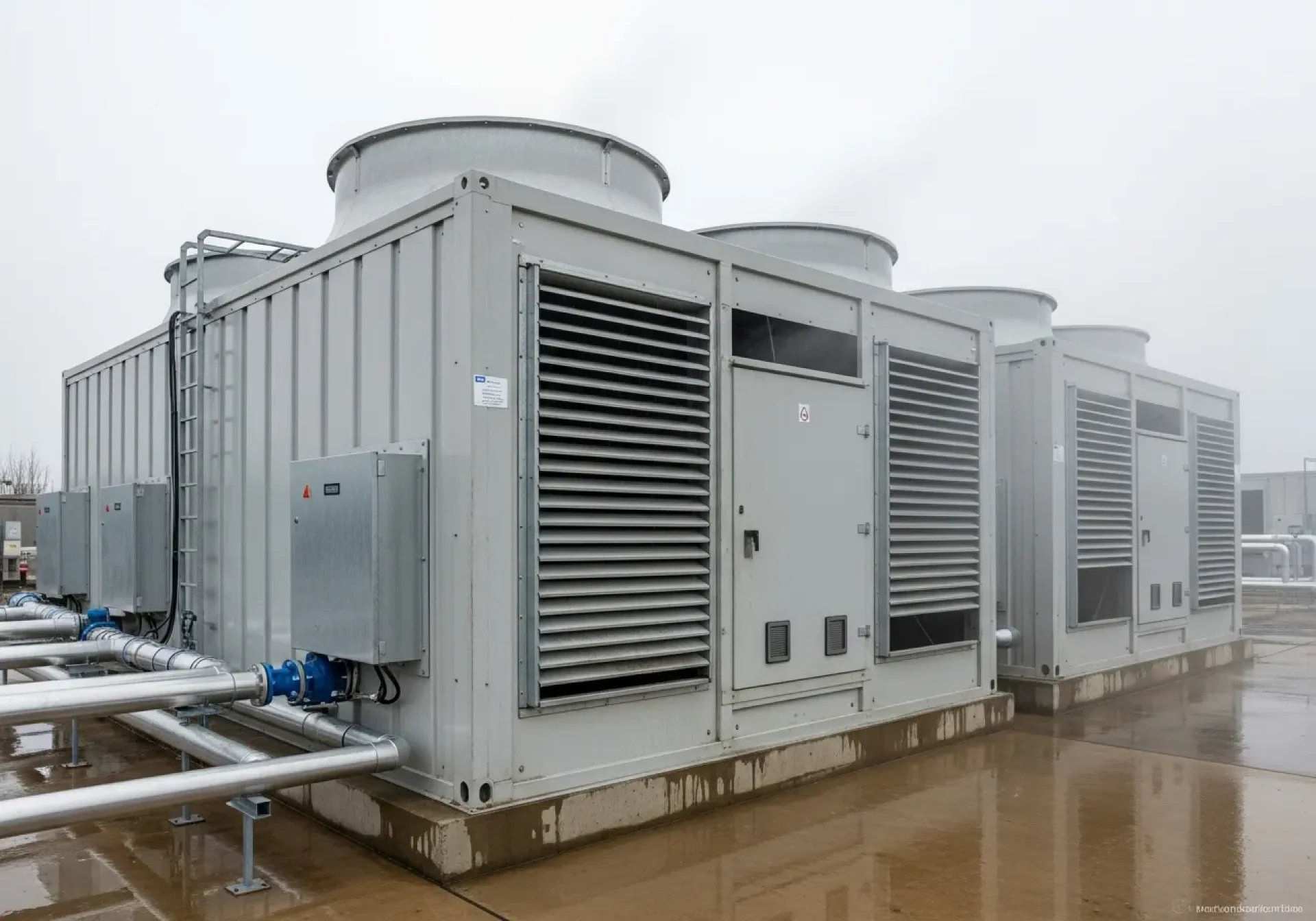What Is a Cooling Tower? Working Principles, Types, and Importance

What Is a Cooling Tower? Principles, Types, and Importance
In industrial systems, power plants, large buildings, and manufacturing facilities, temperature control is essential. Continuous machine operation generates substantial heat; without proper heat rejection, systems can fail or waste energy. A key device for managing this heat is the cooling tower, which lowers the temperature of cooling water so it can be efficiently reused.
What Is a Cooling Tower?
A cooling tower is equipment that removes heat from warm cooling water by transferring it to ambient air. Warm water from machinery is delivered to the tower and dispersed so it contacts air across fill media, reducing its temperature before returning to the system. This process lightens the load on equipment, prevents damage, and saves energy.
Types of Cooling Towers
Selecting the right cooling tower depends on the duty and water quality. Common categories include:
- Open-Loop Cooling Tower: The cooling water directly contacts air as it is sprayed over fill. Heat transfer efficiency is high, but water quality degrades faster and requires more frequent maintenance.
- Closed-Loop Cooling Tower: The primary cooling water circulates inside closed coils, with no direct air contact. This reduces contamination and scaling, making it suitable where stable water quality is required.
- Hybrid Cooling Tower: Combines open- and closed-loop advantages, switching modes based on conditions and system needs to reduce water consumption and enhance durability.
How a Cooling Tower Works
Heat is removed by two main mechanisms: partial evaporative cooling, where a small portion of the water evaporates and lowers the bulk water temperature, and sensible heat transfer between water and air across the fill media. Fans either draw or force air through the tower, enabling the warm water to cool before it is reused.
Importance and Industrial Applications
Cooling towers are critical in power generation, chemical processing, food and beverage plants, and high-rise HVAC systems. They keep temperatures within safe operating ranges, prevent equipment failures, and extend asset life. Tower performance also directly impacts energy usean underperforming tower raises system energy consumption unnecessarily.
Maintenance and Key Considerations
To ensure stable, long service, cooling towers require routine care:
- Verify proper water distribution and fan operation.
- Clean the fill media to limit scale and biofouling.
- Control water quality (hardness, pH) and apply chemical treatment.
- Log temperature difference (ΔT) and energy consumption to assess system efficiency.
Conclusion
Cooling towers are pivotal for heat management in industrial systems and large buildings. Understanding their working principles and types helps ensure proper selection, while correct maintenance delivers peak performance, energy savings, and longer equipment life.


